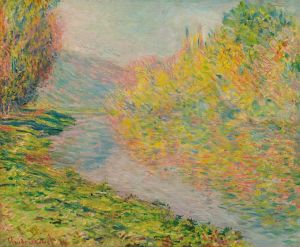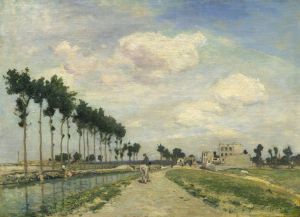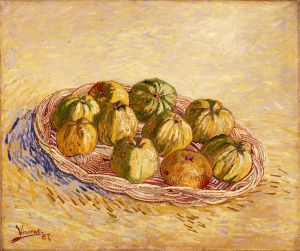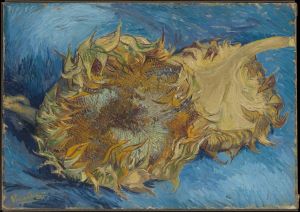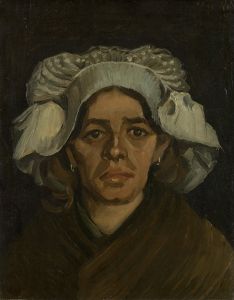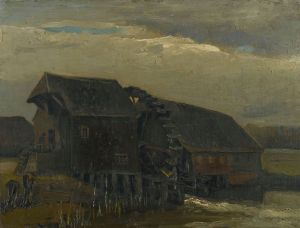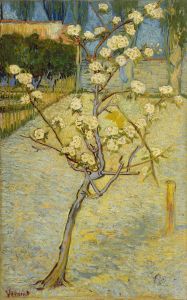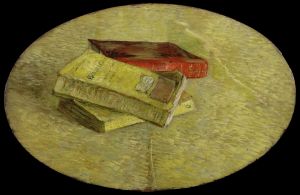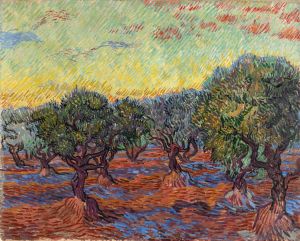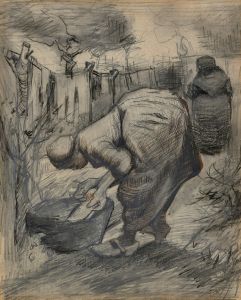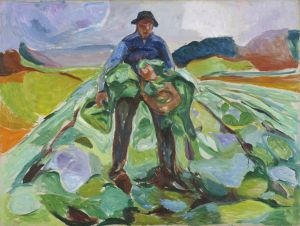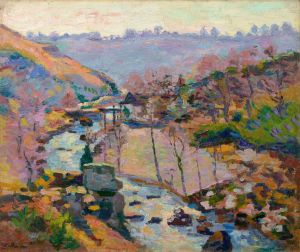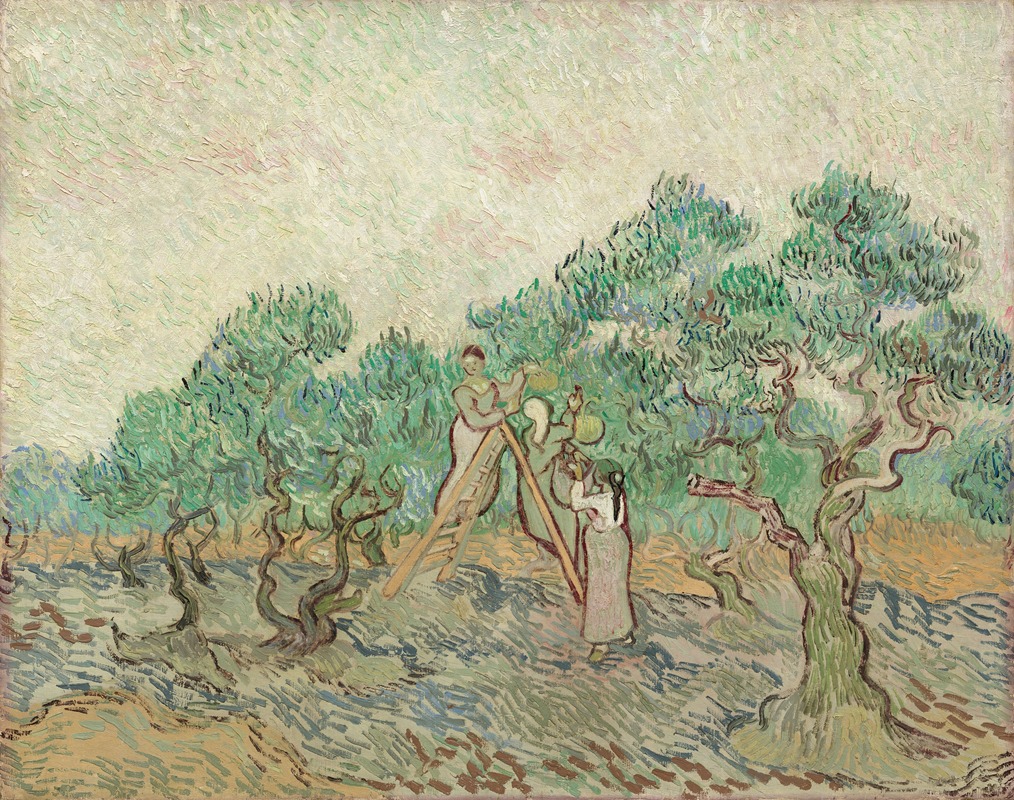
The Olive Orchard
A hand-painted replica of Vincent van Gogh’s masterpiece The Olive Orchard, meticulously crafted by professional artists to capture the true essence of the original. Each piece is created with museum-quality canvas and rare mineral pigments, carefully painted by experienced artists with delicate brushstrokes and rich, layered colors to perfectly recreate the texture of the original artwork. Unlike machine-printed reproductions, this hand-painted version brings the painting to life, infused with the artist’s emotions and skill in every stroke. Whether for personal collection or home decoration, it instantly elevates the artistic atmosphere of any space.
Vincent van Gogh's "The Olive Orchard" is a notable work within the prolific oeuvre of the Dutch post-impressionist painter. Created in 1889, this painting is part of a series of works that van Gogh produced during his stay at the asylum of Saint-Paul-de-Mausole in Saint-Rémy-de-Provence, France. This period was marked by intense creativity and productivity, despite the personal struggles van Gogh faced with his mental health.
"The Olive Orchard" depicts a grove of olive trees, a subject that van Gogh explored repeatedly during his time in the south of France. The painting captures the essence of the Provençal landscape with its vibrant colors and dynamic brushwork, characteristic of van Gogh's style. The olive trees are rendered with swirling, expressive lines, and the use of color is both bold and emotive, reflecting van Gogh's fascination with the natural world and his desire to convey the emotional resonance of the landscape.
Van Gogh's interest in olive trees was partly inspired by the surrounding environment of Saint-Rémy, where olive groves were a common sight. He was captivated by the unique forms and colors of the trees, which he described in letters to his brother Theo. In these letters, van Gogh expressed his admiration for the "silver" quality of the olive leaves and the way the trees seemed to change with the light and weather, offering endless variations for an artist to explore.
The painting is executed in oil on canvas, a medium van Gogh favored for its ability to convey texture and depth. The composition of "The Olive Orchard" is dynamic, with the trees appearing to dance across the canvas, their twisted trunks and branches creating a sense of movement and vitality. The ground is depicted with a patchwork of colors, suggesting the interplay of light and shadow on the earth.
Van Gogh's use of color in "The Olive Orchard" is particularly noteworthy. He employs a palette of greens, blues, and yellows, with touches of ochre and white, to create a vibrant and harmonious scene. The colors are applied with van Gogh's characteristic impasto technique, where paint is laid on the canvas in thick layers, adding a tactile quality to the work.
"The Olive Orchard" is housed in the collection of the Minneapolis Institute of Art, where it continues to be a subject of study and admiration. The painting is an excellent example of van Gogh's ability to transform a simple landscape into a powerful expression of emotion and beauty. It reflects his deep connection to nature and his ongoing exploration of color and form.
In summary, "The Olive Orchard" is a testament to Vincent van Gogh's artistic vision and his ability to find beauty and meaning in the natural world. Through his expressive brushwork and vibrant use of color, van Gogh captures the essence of the olive trees, creating a work that resonates with viewers and continues to be celebrated as a masterpiece of post-impressionist art.






